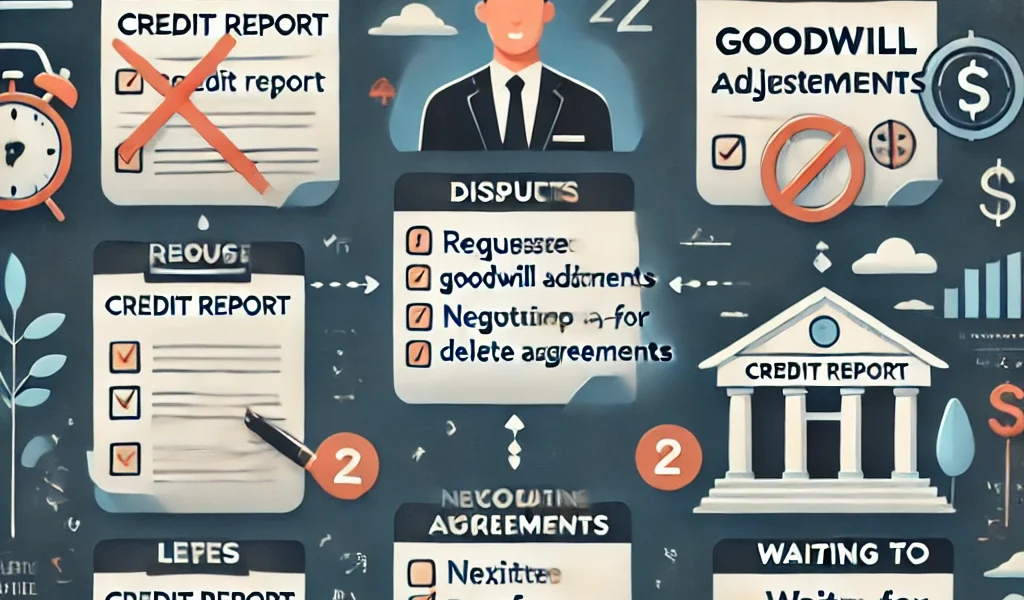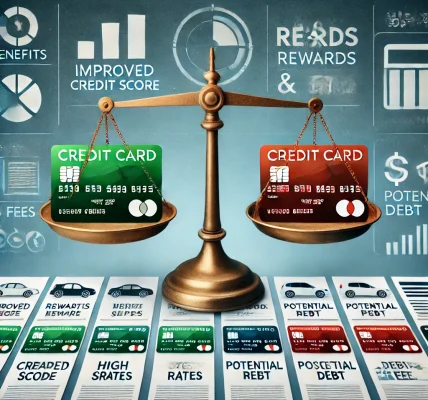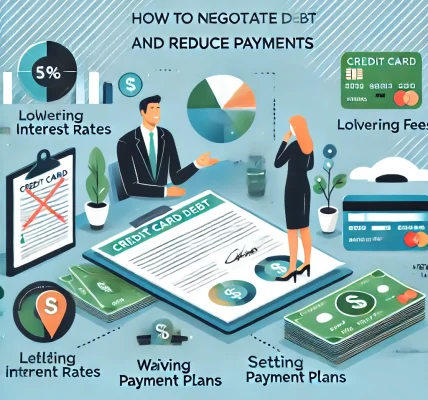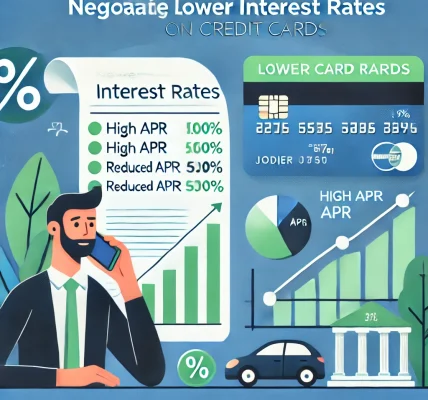A poor credit report filled with negative items can be a major roadblock to financial success. Whether it’s late payments, charge-offs, or collections, these negative marks can lower your credit score and impact your ability to secure loans, get approved for a mortgage, or even land a job. Fortunately, there are legal ways to remove negative items from your credit report. This guide will walk you through the step-by-step process to clean up your credit report and improve your financial standing.
Understanding Your Credit Report
Before you can start removing negative items, you need to understand what’s on your credit report. Your credit report contains a record of your credit history, including:
- Credit accounts (credit cards, loans, mortgages, etc.)
- Payment history
- Credit inquiries
- Public records (bankruptcies, liens, etc.)
- Collections and charge-offs
How to Obtain Your Credit Report
You are entitled to a free credit report every year from each of the three major credit bureaus:
- Experian
- Equifax
- TransUnion
You can get your free credit report at AnnualCreditReport.com. Review your report carefully to identify negative items that need to be addressed.
Step 1: Identify Negative Items on Your Credit Report
Common negative items include:
- Late payments (30, 60, or 90+ days overdue)
- Charge-offs (unpaid debts that creditors have written off)
- Collections (debts sent to a collection agency)
- Bankruptcies
- Repossessions and foreclosures
- Errors and inaccuracies
Once you have identified negative items, you can take steps to dispute inaccurate information and negotiate removal of legitimate debts.
Step 2: Dispute Inaccurate Items
If you find errors on your credit report, you have the legal right to dispute them under the Fair Credit Reporting Act (FCRA).
How to Dispute Credit Report Errors
- Gather supporting documents – Find evidence that proves the item is incorrect (bank statements, payment receipts, etc.).
- Write a dispute letter – Clearly explain why the information is inaccurate and request its removal.
- Send the dispute to the credit bureaus – You can submit disputes online, by phone, or via mail:
- Experian: www.experian.com/disputes
- Equifax: www.equifax.com/personal/credit-report-dispute/
- TransUnion: www.transunion.com/dispute
- Wait for investigation – The credit bureau has 30 days to investigate and respond.
- Follow up – If the credit bureau does not remove the item, you can escalate your dispute by contacting the Consumer Financial Protection Bureau (CFPB).
Step 3: Request a Goodwill Adjustment
If you have legitimate late payments but a generally good payment history, you can request a goodwill deletion.
How to Request a Goodwill Adjustment
- Write a goodwill letter to your creditor explaining your situation.
- Acknowledge the mistake but highlight your positive history with them.
- Politely ask for removal as a courtesy.
- Follow up if necessary.
Goodwill adjustments work best if you have a valid reason, such as:
- A temporary financial hardship (medical emergency, job loss, etc.)
- A one-time mistake with an otherwise good payment history
Step 4: Negotiate Pay-for-Delete Agreements
If you have unpaid debts that have gone to collections, you can negotiate a pay-for-delete agreement.
How to Negotiate Pay-for-Delete
- Contact the collection agency and ask if they’re willing to remove the debt in exchange for payment.
- Get the agreement in writing before making any payments.
- Make payment as agreed and confirm that the item is removed from your report.
⚠️ Note: Not all creditors will agree to pay-for-delete, as credit bureaus discourage this practice.
Step 5: Wait for Negative Items to Expire
Not all negative items can be removed immediately, but they automatically drop off after a certain period:
| Negative Item | Time on Credit Report |
|---|---|
| Late payments | 7 years |
| Charge-offs | 7 years |
| Collections | 7 years |
| Bankruptcies (Chapter 7) | 10 years |
| Bankruptcies (Chapter 13) | 7 years |
| Repossessions & Foreclosures | 7 years |
If you are close to the expiration date, it may be best to wait rather than dispute or negotiate removal.
Step 6: Build Positive Credit History
While working on removing negative items, focus on rebuilding your credit by:
- Making on-time payments every month
- Keeping your credit utilization below 30%
- Avoiding new credit inquiries
- Using a secured credit card or credit-builder loan
Common Myths About Removing Negative Items
❌ Myth 1: Paying off debt automatically removes it from your report
✅ Fact: Paid debts still remain on your report unless removed through dispute or goodwill adjustments.
❌ Myth 2: Disputing negative items removes them permanently
✅ Fact: If an item is verified as accurate, it will remain on your report.
❌ Myth 3: Hiring a credit repair company is necessary
✅ Fact: You can remove negative items yourself for free using the steps in this guide.
Final Thoughts
Removing negative items from your credit report legally takes time, effort, and patience. By disputing errors, requesting goodwill adjustments, negotiating pay-for-delete agreements, and maintaining positive credit habits, you can clean up your credit report and improve your financial future.




